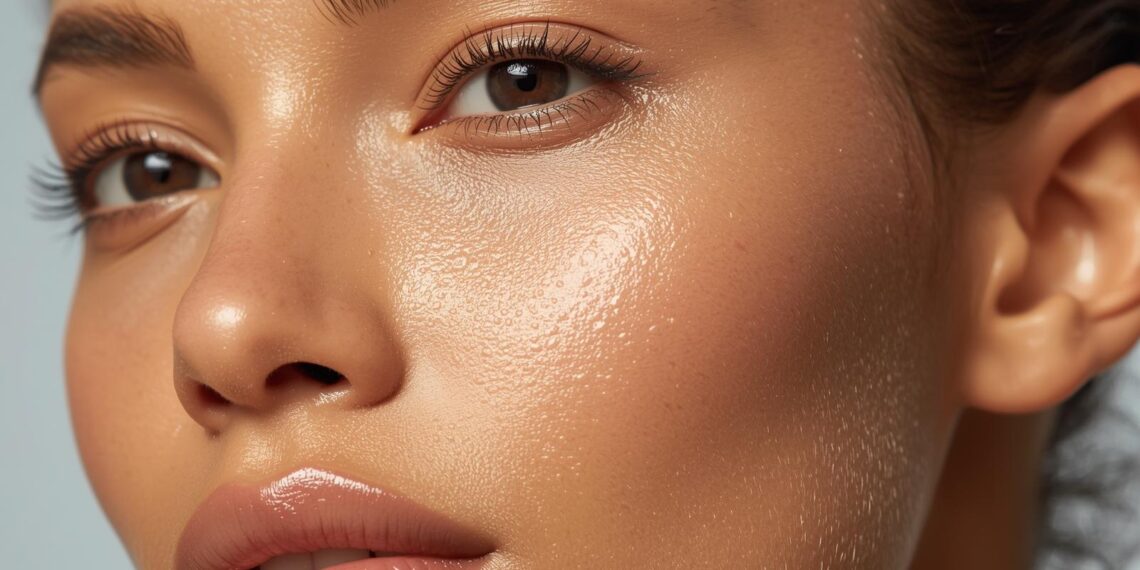In today’s wellness-centered society, personal well-being extends far beyond physical health, encapsulating aspects of identity, social practices, and cultural trends. As individuals strive to align their lifestyles with contemporary wellness ideals, skin health—especially conditions like back acne—has garnered significant attention. Understanding the causes and effective treatment solutions for back acne is essential for anyone invested in personal and client wellness.
Back acne, often referred to as “bacne,” is a common skin condition that affects many individuals, transcending age and gender. It occurs when pores become clogged with excess oil, dead skin cells, and bacteria, leading to inflammation. The back is particularly susceptible due to its high concentration of sebaceous glands, which produce oil.
Several factors contribute to the development of back acne, each intersecting with broader lifestyle trends and behaviors:
- Hormonal Changes: Fluctuations in hormone levels, particularly during puberty, pregnancy, or due to stress, can increase oil production, exacerbating acne conditions.
- Diet and Lifestyle: Contemporary dietary habits, characterized by high glycemic foods and dairy products, have been linked to increased acne incidence. Moreover, modern sedentary lifestyles can amplify stress levels, influencing hormonal balance and skin health.
- Sweat and Friction: Physical activities and certain clothing materials can trap sweat against the skin, leading to irritation and acne flare-ups. This is particularly relevant in today’s fitness-focused culture, where frequent exercise is the norm.
- Genetics: Genetic predisposition plays a significant role in determining one’s likelihood of developing acne, underscoring the importance of tailored treatment solutions.
The impact of back acne extends beyond physical discomfort, influencing self-esteem and social interactions. In a society that increasingly values appearance as part of personal identity, acne can affect an individual’s confidence and social engagement, highlighting the need for effective treatment strategies.
Addressing back acne involves a combination of lifestyle adjustments, topical treatments, and, in some cases, medical interventions. Here are some effective solutions that align with contemporary wellness practices:
- Over-the-Counter Products: Ingredients such as benzoyl peroxide and salicylic acid are staples in the management of acne. These components help reduce inflammation, clear clogged pores, and prevent future breakouts.
- Natural Remedies: As the wellness industry leans towards natural and holistic approaches, remedies like tea tree oil and aloe vera have gained popularity. These solutions offer anti-inflammatory and antibacterial properties, appealing to consumers seeking eco-friendly options.
- Dietary Adjustments: Reducing the intake of high glycemic foods and dairy can mitigate acne flare-ups. Emphasizing a balanced diet rich in fruits, vegetables, and whole grains supports overall skin health.
- Hygiene Practices: Regular cleansing of the back with a gentle, non-comedogenic body wash can help remove excess oil and debris. Additionally, wearing breathable fabrics during physical activities minimizes sweat-induced irritation.

For persistent or severe cases of back acne, professional medical treatments may be necessary:
- Prescription Medications: Dermatologists may prescribe oral antibiotics or retinoids to address severe acne conditions. These medications target inflammation and bacterial growth at a systemic level.
- Procedural Treatments: Options such as chemical peels and laser therapy offer advanced solutions for treating acne and reducing the appearance of acne scars, aligning with cutting-edge wellness technologies.
As wellness continues to evolve as a cultural and economic force, the treatment of skin conditions like back acne is poised to become increasingly personalized and technology-driven. Innovations in skincare, such as personalized skincare routines and AI-driven diagnostics, promise to revolutionize how individuals approach skin health.
Moreover, the integration of mental wellness into skincare emphasizes the importance of holistic approaches, recognizing the interconnectedness of physical and emotional well-being. This trend reflects a broader societal shift towards comprehensive wellness solutions that honor the individual as a whole.
Back acne, while common, presents a multifaceted challenge that intersects with contemporary wellness trends and personal identity. By understanding its causes and exploring effective treatment solutions, individuals can navigate the complexities of skin health within the broader context of modern wellness. As the industry continues to evolve, embracing innovative and personalized approaches will be key to addressing back acne and enhancing overall well-being.
For wellness product developers, lifestyle magazine editors, and health coaches, staying informed on these trends and solutions is crucial. By aligning with the latest insights and consumer behaviors, they can better meet the needs of their audiences and clients, ultimately contributing to a healthier and more balanced society.




